Complete Care for Your Orchard and Garden
Our goal is to offer a well-rounded and balanced care for your olive and citrus trees as well as your garden with emphasis on proper cultivation methods, while avoiding the use of chemical substances.
Below you can see an outline of our suggested methods on organic olive tree cultivation.
The Fundamentals of Organic Olive Tree Cultivation
Pruning
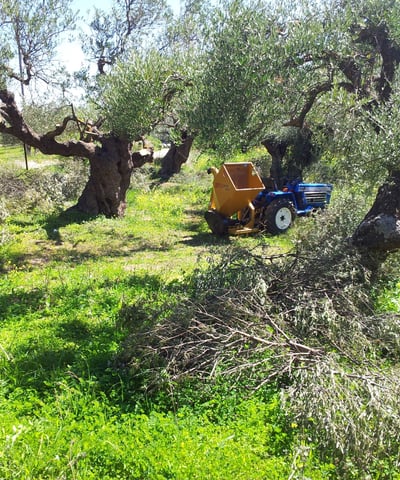

Proper pruning is the most important and necessary act for a healthy and productive olive tree. Different methods of pruning are used depending on the condition of the tree and the desired result, but as a general rule of thumb pruning the tree so that it enjoys good ventilation and sun exposure evenly throughout its crown is the best way to combat most pests and diseases, even if you are not practicing organic farming and the use of chemical substances is an option.
At the same time, pruning is the best way to achieve balance between the tree’s growth (creation of new leaves and stems) and productivity (creation of fruits). Those two processes are naturally competing with one another since they require the same resources. Maintaining this balance is especially important in conditions where the availability of water and nutrients is scarce.
Keep in mind that by pruning, we are taking a substantial amount of nutrients away from the tree. We try to return a percentage of those nutrients back to the tree, by running the pruned branches through a wood chipper. The resulting trimmings are then spread on the ground and mixed with the soil by tilling, acting in essence as fertiliser.
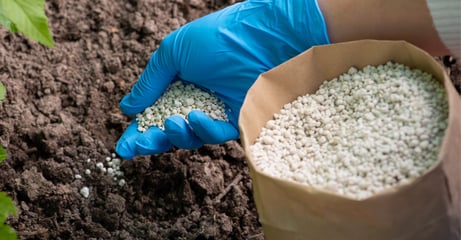

Fertilising
We described above, how we can use the pruning remains as fertiliser, but of course this method might not always be enough, or it might not always be an option. So, even though the use of chemical fertilisers is prohibited in Organic Farming, today we have plenty of alternative options, ranging from natural fertilisers to composite standardized fertilisers originating from organic materials, which we can use.
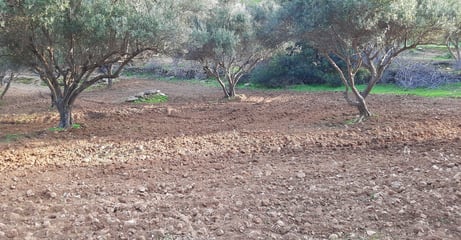

Tilling
Tilling is the most efficient way to combat weeds in an orchard. If the right implements are used it can be performed once or twice a year without damaging the tree roots or compressing the soil. At the same time, annual tilling ensures soil health by mixing and ventilating the topsoil and the integration of the weeds enriches it with nutrients and organic matter.


Healthcare
Even though in organic farming, combating the majority of plant diseases and pests is achieved by emphasizing proper cultivation technics (i.e. pruning), certain particularly harmful cases, like the infamous olive fruit fly (Bactrocera oleae) can be combated with specialized products, approved for use in organic farming. Those products are generally not based on chemical compounds, but that doesn’t mean they are less effective. In any case, it’s always important to remember that no healthcare product on its own can replace the proper and balanced cultivation practice.


Watering
Olive trees are quite resilient to high temperatures and drought, but of course prolonged lack of water during the winter months will negatively impact the next yield. Therefore, one can understand that the primary decider about our olive trees productivity is the weather. If we have the option of irrigation, we can assist our trees up to a certain point. Keep in mind that excessive and unscheduled watering can actually have adverse effects on oil production while at the same time wasting a valuable resource.
There are two crucial time periods during which the availability of water is most beneficial:
In late spring, when the germinated flowers will start forming into fruits. A water deprived olive tree will discard some or most of its flowers.
In early autumn, when the olive fruits will start increasing their oil content. In a water deprived olive tree, the fruits will remain small, dry and with low amounts of oil.
It’s important to note that there is no set timeframe for these periods, since they can differ depending on the area, the weather conditions and the condition of the individual olive tree.
Gallery
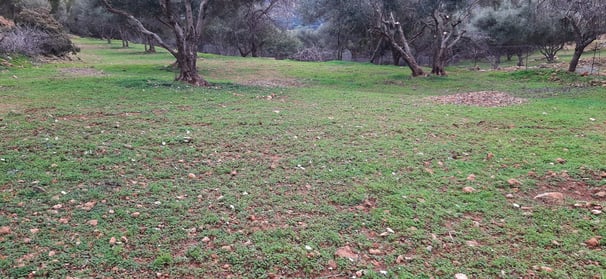

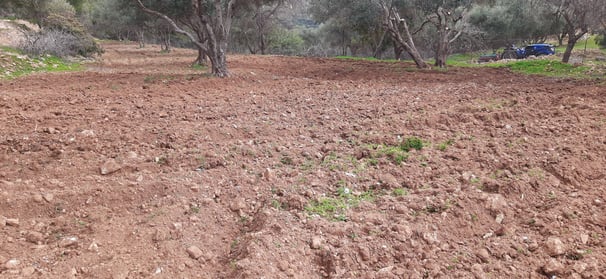

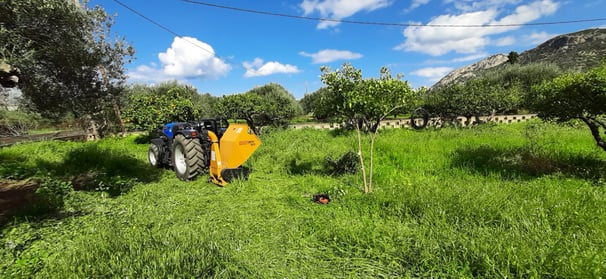

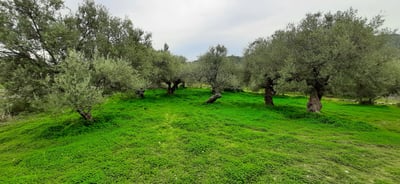

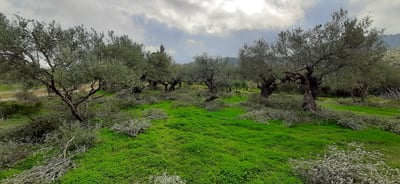

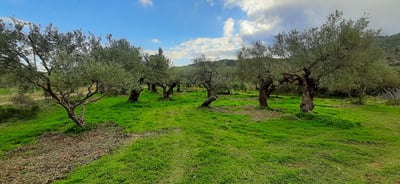

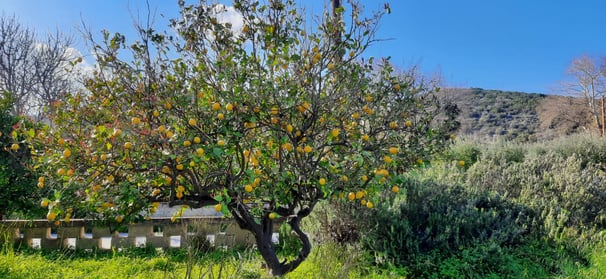

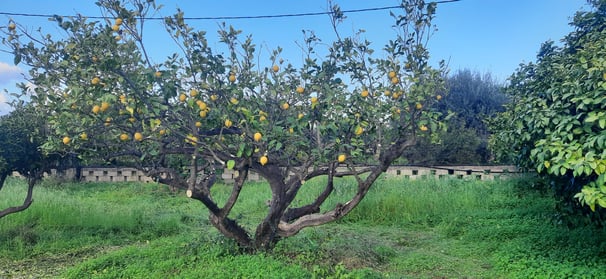

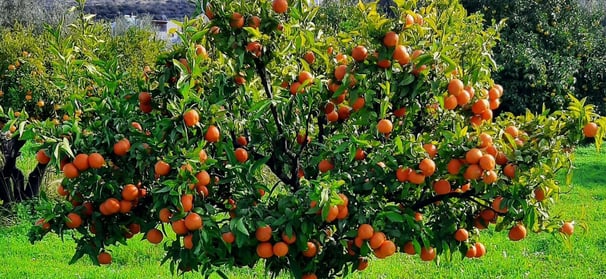

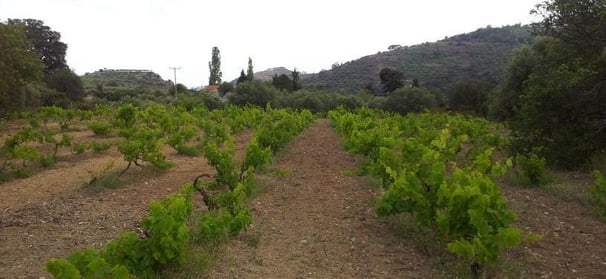

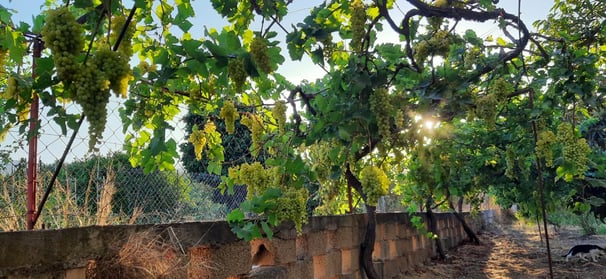

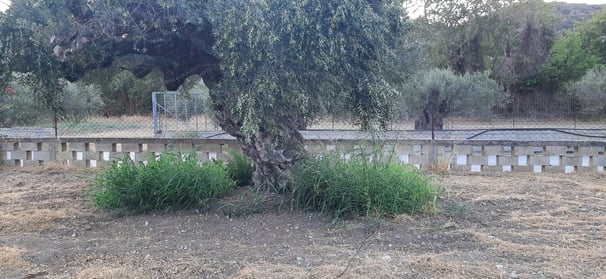

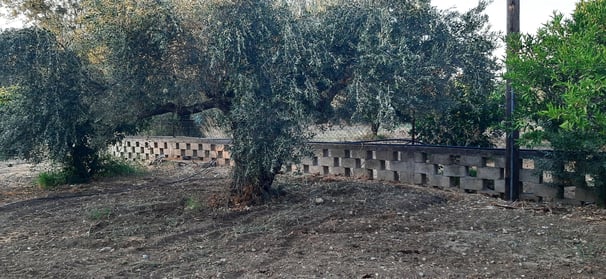

Get in touch with us
Address
Istron, Agios Nikolaos, Crete, Greece 72100
